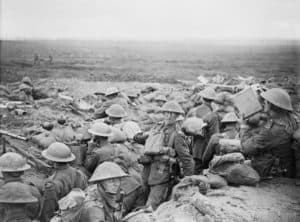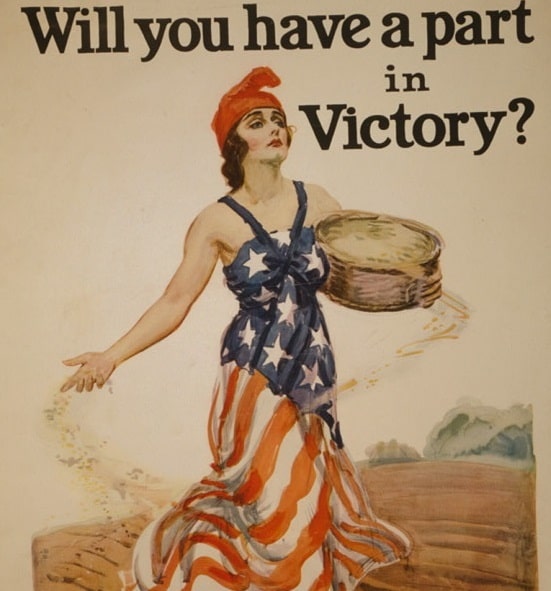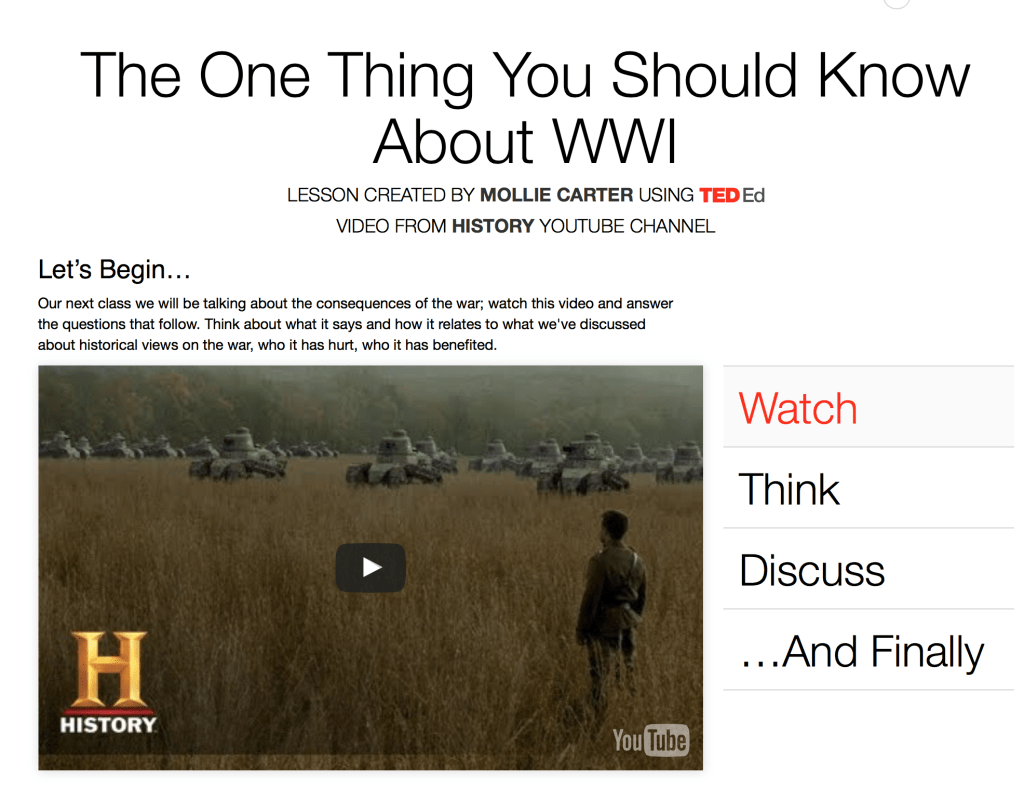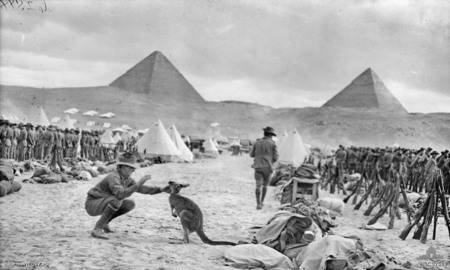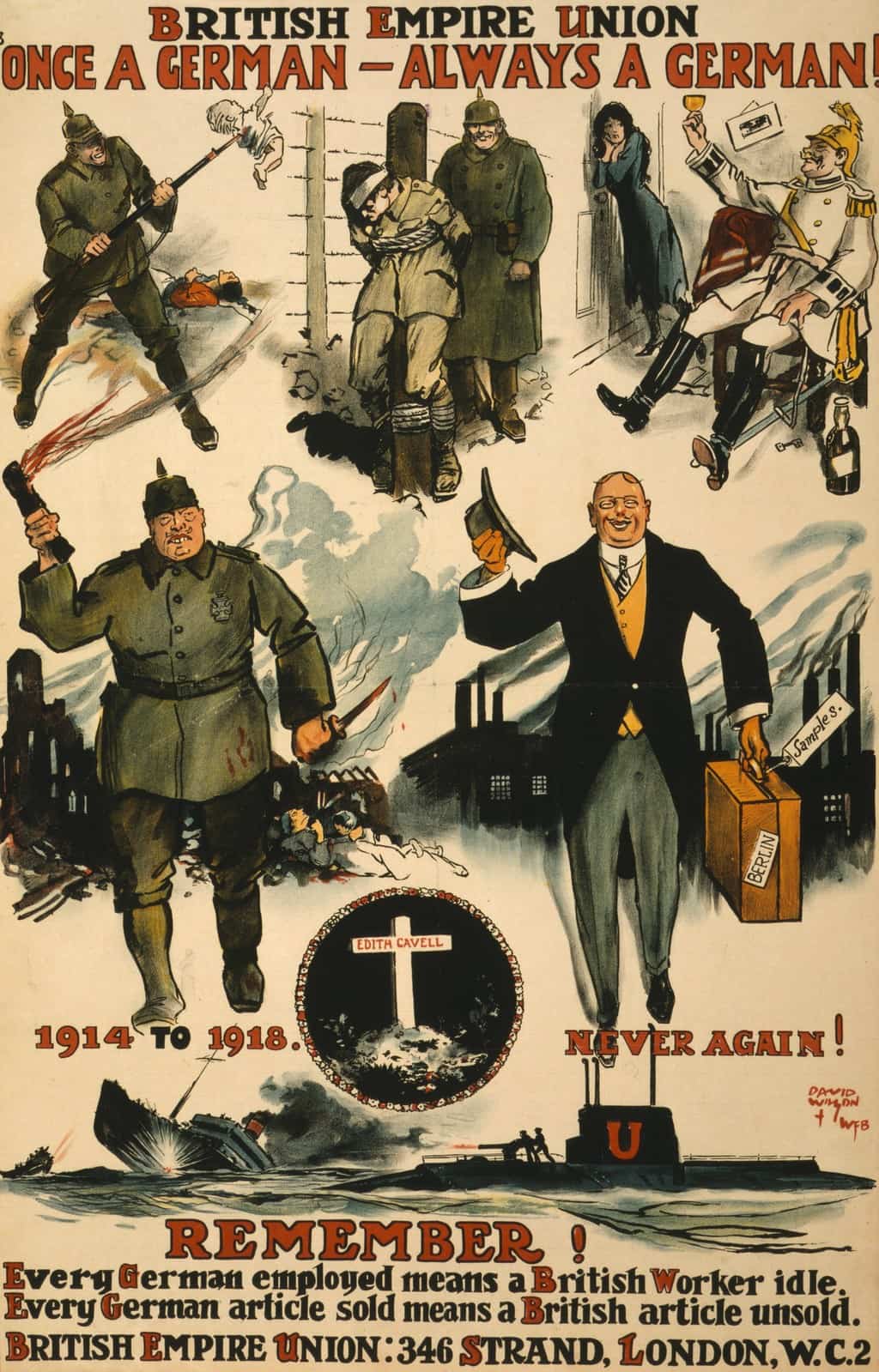I am conflicted about my thoughts on the Document Based Lesson project. On the one hand, I thought it was a very clever way for us to learn and work with many digital programs. More specifically, we learned how to build a Google site and create a chapter using a specific software. All of the assignments were scaffolded in such a way that prepared you for the ultimate goal of creating a chapter in an ebook. I thought it was clever to have us create a Google site as our rough draft of the information we wanted to have in our chapter. Learning how to use Google sites was valuable. Many teachers create their own webpage to house their assignments, calendars, and agendas to help students stay organized. It was helpful to learn how to make one, in case I want to use it in the future.
Although I thought that the overall goals and objectives of the assignment were valuable, it took up a good portion of our time at the end of the term. That time could have been spent learning additional methods that we could bring into classrooms that do not have access to digital platforms. Also, the majority of the schools in Oregon use Chrome books and do not have access to the particular resources we were using. Therefore, it would be difficult to replicate this project in our classrooms. Plus, many students do not have access outside programs at home either, so that would provide a massive barrier for students to complete the project even if they had access to an device at school.
As an alternative, I think it would be helpful to discuss more methods that do not require the use of technology. There is a digital divide in schools. Even if that does decrease in the future, it is important to also be equipped with tools that you can use in instances where technology is limited. I really enjoyed our lesson on group discussions. I think there could have been an additional day devoted to that topic because that is a large part of what we do as social studies teachers… lead discussions. I’m sure there are other areas that we didn’t cover this term that could also be beneficial to implement in our instruction. Therefore, I am conflicted about the necessity of the DBQ lesson.

